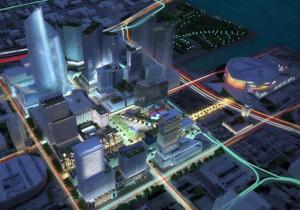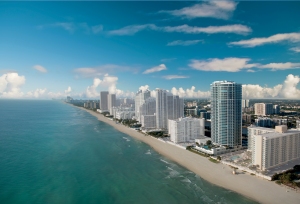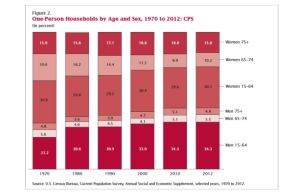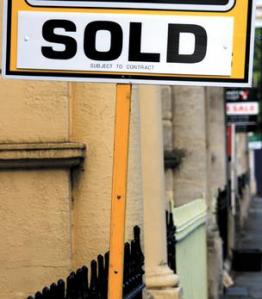Another new year is upon us and, as we do every year, we will look back at the past twelve months and marvel at the swiftness with which they raced by. However, rather than being taken aback by this perpetual occurrence, perhaps it is vital to accept that a year is actually not that long a span of time to begin with.
Through this lens, the upward statistical trends that commercial real estate experienced in 2013 may just be the beginning of strong momentum in 2014 and beyond. This idea is supported through research in a recent article from the Wall Street Journal.
Investment & Leasing Markets
The expectation is that investment sales in the commercial real estate sector will continue to grow in volume through 2014. In 2013, lending actually began to accelerate once again after having stalled in recent years. This along with an increased volume of money flowing to the asset class attributed to the recovery of investment sales. The ball is expected to keep rolling in the coming months and the expectation for 2014 is 10 percent year-over-year growth.
For the most part, the leasing market in the past year has been flat. This has certainly led to some worries of a gap between investment and leasing. However, there are a few indicators that leasing will soon be tipping in the right direction, none the least of which is the strong improvements in occupier sentiment. Corporate profitability is also soaring, specifically in the retail sector where large retailers are having their best year since 2010.
Office Market
We recently discussed the snail-like pace of the office market, but this is a sector that is tied heavily to the tech and energy industries. As those sectors continue their economic growth, we can also expect the office market to make a marked improvement in the coming year. Forecasters expect office rents to grow at about 5.5 percent. Despite this increase, trends in construction are expected to be below average until around 2015. However, in tech and energy heavy geographies, progress is clearly on the horizon for the office market.
Other Factors
Once again, the millennial generation will play a critical role in the improvement that we do or do not see in the coming year. As we know, this demographic holds a special place in their heart for urban environments. Most would project activity to continue to increase in these areas, but this does not spell doom and gloom for the suburbs, though we do expect them to adjust accordingly.
Most importantly, 2014 should see a genuine increase in demand, which is the most important factor for generating sales. The labor market has seen a long and steady pace of moderate monthly job growth. As a result, most industries have recouped job losses from the recession and demand is ready to be stimulated once again.
Lastly, a key contributing factor to the growth in commercial real estate is the accelerated growth in housing. Though the housing market has steadied in the past couple of months, experts had been waiting for a recovery like we saw in 2013 for several years. Continued growth in housing during 2014 will lead to more development, lending, retail and jobs growth.









